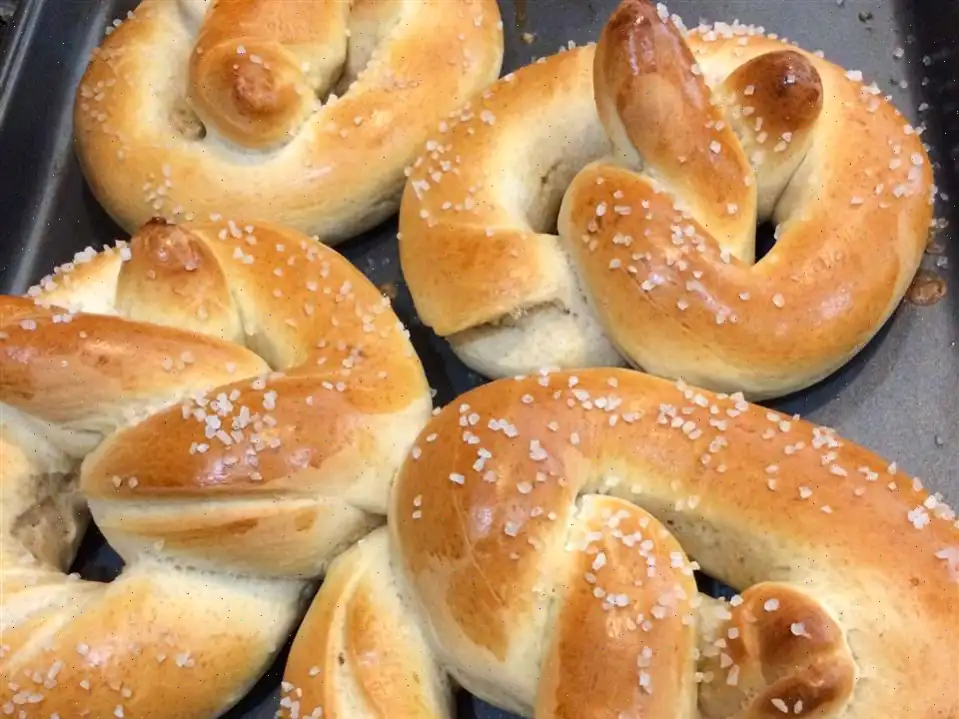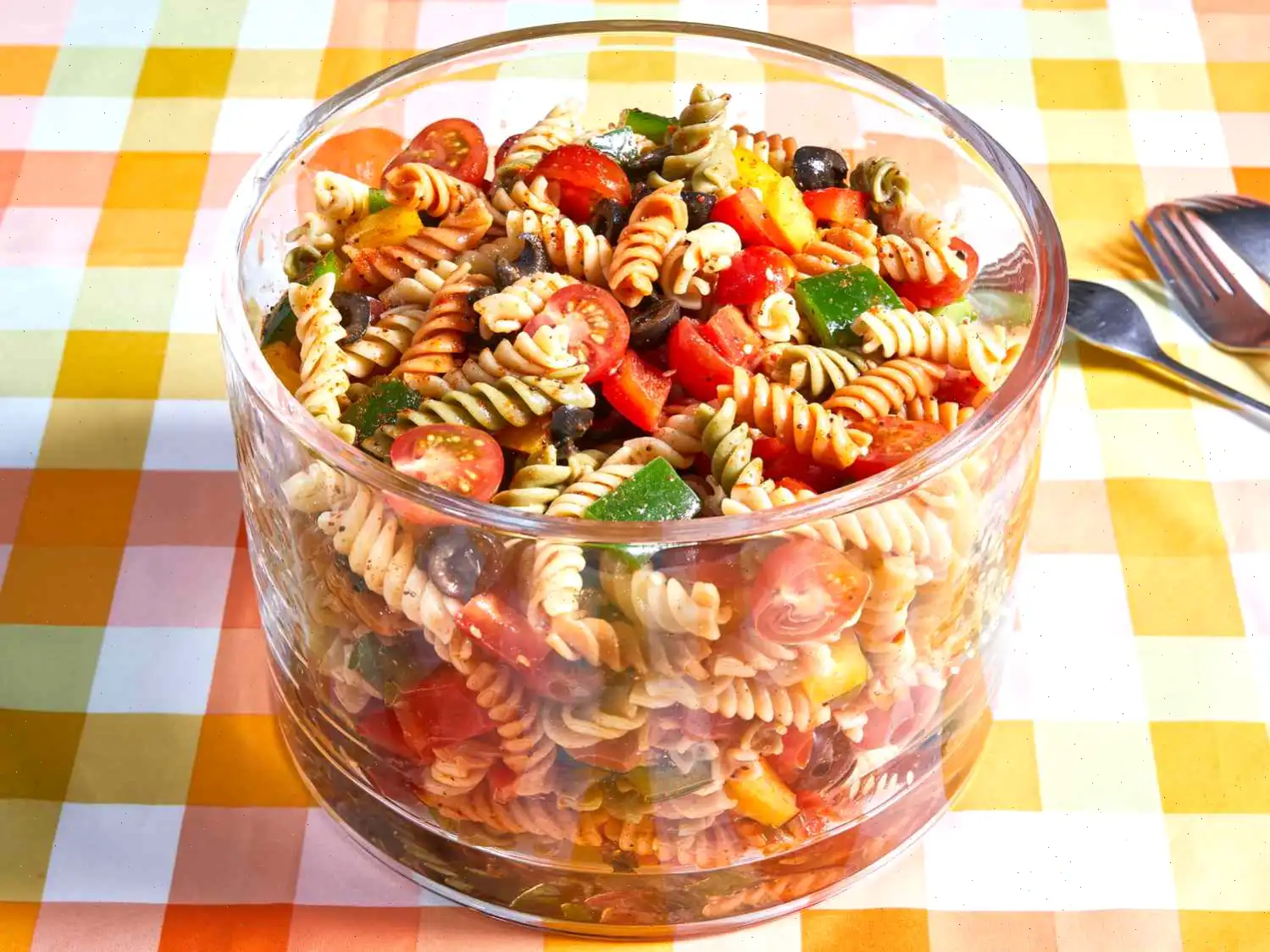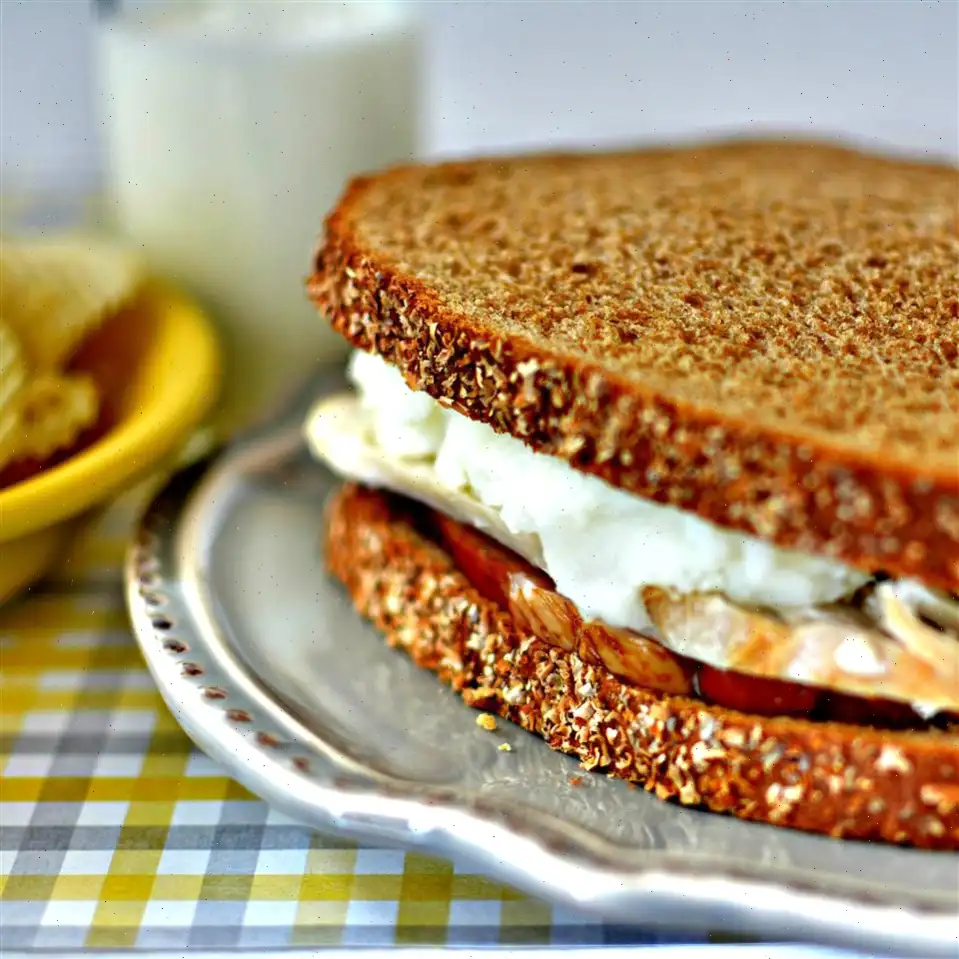
Soft Homemade Pretzels Recipe
Servings: 12
Ingredients
- 2 (.25 ounce) packages active dry yeast
- 1 cup warm water (110F / 43C)
- 3 cups all-purpose flour
- 2 tablespoons white sugar
- 1 tablespoon shortening, melted
- 1 teaspoon salt
- 1 egg yolk
- 1 tablespoon water
- Coarse salt, to taste
Directions
Step 1: In a large bowl, dissolve the yeast in warm water (110F / 43C). Stir well to activate the yeast.
Step 2: Add the flour, sugar, melted shortening, and salt to the bowl. Mix everything together until the dough begins to form.
Step 3: Turn the dough onto a floured surface and knead for about 5 minutes, or until it becomes smooth and elastic.
Step 4: Place the dough in a greased bowl, cover it with a clean towel, and let it rise in a warm place for about 1 hour or until it has doubled in size.
Step 5: Once the dough has risen, punch it down to release the air. Divide the dough into 12 equal portions.
Step 6: Roll each portion into a long rope, approximately 18 to 20 inches (45 to 50 cm) in length.
Step 7: Preheat the oven to 375F (190C). Grease a baking sheet or line it with parchment paper.
Step 8: Shape each dough rope into a pretzel form and place them onto the prepared baking sheet. Let the pretzels rest for about 5 minutes.
Step 9: In a small bowl, beat the egg yolk and water together to create an egg wash. Brush the egg wash over each pretzel, then sprinkle with coarse salt.
Step 10: Bake the pretzels in the preheated oven for about 15 minutes or until they are golden brown.
Nutrition Facts (per serving)
- Calories: 158
- Total Fat: 2g (2% DV)
- Saturated Fat: 1g (3% DV)
- Cholesterol: 17mg (6% DV)
- Sodium: 676mg (29% DV)
- Total Carbohydrate: 30g (11% DV)
- Dietary Fiber: 1g (4% DV)
- Total Sugars: 2g
- Protein: 4g (9% DV)
- Calcium: 9mg (1% DV)
- Iron: 2mg (11% DV)
- Potassium: 64mg (1% DV)
* Percent Daily Values are based on a 2,000-calorie diet. Your daily values may be higher or lower depending on your calorie needs.
History of Origin
The pretzel has a long and storied history, dating back over 1,300 years. It is believed to have originated in ancient Rome, where early versions were made from dough twisted into the shape of a child's arms crossed in prayer. This symbolism linked the shape to Christian devotion, with pretzels often being made by monks as a way of rewarding children for memorizing prayers. The name "pretzel" comes from the Latin word "bracella," meaning "little arms." While the exact birthplace of the soft pretzel is debated, many food historians credit its popularization in Germany, particularly in the region of Swabia, during the Middle Ages. By the 19th century, the soft, yeasted pretzel gained popularity throughout Europe and eventually found its way to the United States with German immigrants. Today, pretzels are beloved around the world and have evolved into a variety of shapes, sizes, and flavors.
Regional Variations
Soft pretzels, as we know them today, are deeply associated with German cuisine, particularly in the southern regions like Bavaria. In Germany, these pretzels are often served with mustard and beer, and they are an integral part of the country's street food culture. In the U.S., soft pretzels are especially popular in Pennsylvania, home to a large German-American population. Philadelphia, in particular, is famous for its soft pretzels, which are often sold by street vendors. The baking process is sometimes altered in different regions; for example, in some German recipes, the dough is boiled briefly in a baking soda solution before baking, which gives the pretzel its distinct dark, glossy crust. The American version is usually less crisp, focusing more on a soft, chewy interior.
How Soft Pretzels Differ from Similar Dishes
Soft pretzels share some similarities with other bread-based snacks, such as bagels and breadsticks, but they differ mainly in their dough preparation and baking method. Unlike bagels, which are boiled in water before baking, soft pretzels are often dipped in a baking soda solution, creating a slightly different texture and flavor. Pretzels are also uniquely shaped into twists, which sets them apart from the more uniform shapes of bagels or breadsticks. The signature dark, shiny crust of a pretzel is also a key difference, achieved through the baking soda bath that caramelizes the sugars in the dough. This gives the pretzel a crisp exterior while maintaining a chewy interior, unlike other bread products that may be more uniformly soft.
Where Pretzels Are Typically Served
Soft pretzels are commonly found at street vendors, sporting events, and festivals, particularly in the United States and Germany. In the U.S., they are often sold at mall kiosks, amusement parks, and ballparks, where they are served warm with mustard or cheese for dipping. In Germany, pretzels are a staple at beer gardens and are frequently paired with traditional sausages or enjoyed as a simple snack alongside a cold beer. They are also commonly featured in bakeries and grocery stores, both fresh and packaged. Internationally, pretzels have become a popular snack food, with variations found in different countries for example, soft pretzels in Japan are often coated with sweet toppings like sugar or chocolate.
Interesting Facts About Pretzels
- The pretzel shape, with its two loops, is thought to symbolize arms crossed in prayer, reflecting its Christian origins.
- In Germany, there is a special day known as "Pretzel Day" (Brezn Tag), celebrated with festivals, contests, and plenty of pretzels.
- The world record for the largest pretzel was set in 2018 in the Netherlands, measuring an astonishing 81 feet in length!
- In the United States, National Pretzel Day is celebrated every year on April 26th, with many restaurants offering free or discounted pretzels to honor the occasion.
- The largest producer of pretzels in the U.S. is a company named Pretzels, Inc., which produces millions of pretzels annually for snacks, stores, and vending machines.
Soft pretzels have endured through the centuries, evolving from a humble monastic treat to a beloved global snack. Whether you're enjoying them fresh out of the oven at a festival or grabbing one on the go from a street vendor, these twisty delights remain a comforting and delicious part of food culture around the world.
FAQ about Soft Homemade Pretzels Recipe
Comments
Barbara Carter
05/15/2025 10:55:22 AM
This recipe is fantastic! As someone new to working with bread dough but eager to learn more, this was an ideal recipe to start with. I whipped up one batch, and they turned out so delicious that I ended up making another batch the same day :) A couple of tweaks I made were letting the yeast, water, and sugar mixture sit for about five minutes before proceeding, and for the second batch, I added some cheddar cheese to the dough. I highly recommend enjoying these with mustard – it's a perfect combination!
Nicholas White
04/27/2023 12:16:33 PM
Avoid using eggs in this recipe! When I used them, they gathered at the bottom of the dish and ended up burning, creating a terrible taste and smell. However, aside from that mishap, the dish turned out great. The crust was a bit too hard for my liking, but it was still edible. Next time, I plan to experiment with a moister dough to prevent the crust issue and perhaps substitute butter for the eggs. Overall, the dish was delicious!
Samuel Harris
10/01/2024 12:20:42 AM
I have made this recipe multiple times and it's a hit every time! I made a few adjustments, including adding a cup of my homemade sourdough starter that I created using a recipe from this site - mine is about 6 months old. I decided to cut mine into bite-sized pieces and swapped out the sugar for honey. Everyone loved the result!
Carol Jones
12/13/2024 06:57:36 AM
I used only 3 cups of flour and it turned out fantastic! Instead of using water in the egg wash, I opted for butter, and it was a delicious choice. I absolutely loved it!
Sarah Adams
03/26/2023 08:10:37 AM
Great!!
Kathleen Anderson
08/27/2024 11:05:22 AM
Fantastic!








